Home>Furniture>Kitchen Furniture>Why Won’t My Power Washer Start
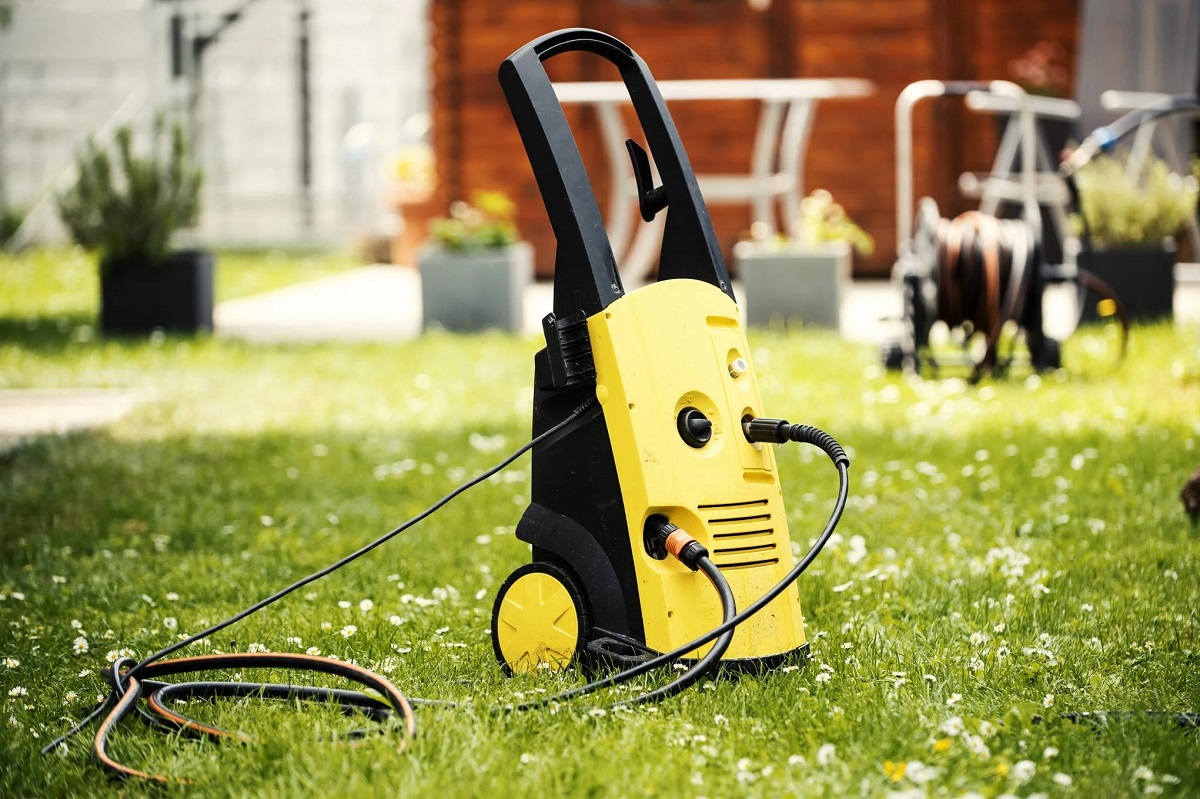

Kitchen Furniture
Why Won’t My Power Washer Start
Modified: February 20, 2024
Learn why your power washer won't start with these helpful articles. Discover common troubleshooting tips and expert advice to get your power washer up and running.
(Many of the links in this article redirect to a specific reviewed product. Your purchase of these products through affiliate links helps to generate commission for Storables.com, at no extra cost. Learn more)
Introduction
Power washers are incredibly useful tools for cleaning a variety of surfaces, from driveways to deckings. However, if you’re experiencing difficulty starting your power washer, it can be frustrating and inconvenient. There could be several reasons why your power washer won’t start, from simple fuel issues to more complex mechanical problems.
In this article, we will explore some of the common starting issues that may be preventing your power washer from starting. We will also provide troubleshooting steps to help you diagnose and resolve these issues, getting your power washer up and running again.
Before we jump into the troubleshooting steps, it’s important to note that power washers can vary in their design and functionality. While the following tips should apply to most power washers, it’s always a good idea to consult your user manual for specific instructions related to your model.
Now, let’s dive into the common starting issues that could be causing your power washer to refuse to start.
Key Takeaways:
- Regularly checking and maintaining the fuel level, spark plug, air filter, ignition switch, oil level, and addressing water leakages can help resolve power washer starting issues and ensure optimal performance.
- Seeking professional assistance for pump-related issues is crucial, as specialized knowledge and expertise are required for diagnosing and repairing complex pump malfunctions.
Read more: Why Won’t My Leaf Blower Start
Common Power Washer Starting Issues
When your power washer won’t start, it’s essential to identify the root cause of the problem. Here are some common starting issues that could be preventing your power washer from firing up:
- Insufficient Fuel: One of the most common reasons for a power washer not starting is simply running out of fuel or having insufficient fuel in the tank. Make sure you have enough fuel and that it is the correct type recommended for your power washer.
- Spark Plug Problems: A faulty or dirty spark plug can prevent ignition and cause your power washer to refuse to start. Check the spark plug for any dirt or damage, and clean or replace it if necessary.
- Dirty or Clogged Air Filter: A dirty or clogged air filter can restrict airflow, leading to a poor fuel-air mixture and difficulty starting the power washer. Regularly inspect and clean or replace the air filter as needed.
- Faulty Ignition Switch: If the ignition switch is malfunctioning, it may not send the proper signal to start the power washer. Test the ignition switch to ensure it is functioning correctly or replace it if needed.
- Low Oil Level: Power washers typically have a low oil level sensor that prevents the engine from starting if the oil level is too low. Check the oil level and add more if necessary.
- Water Leakages: If there are water leakages from the hose or connections, the pressure may not build up enough for the power washer to start. Inspect the hose and connections for any leaks and repair or replace them if needed.
- Malfunctioning Pump: A faulty pump can also prevent a power washer from starting. If you suspect an issue with the pump, it’s best to consult a professional for repair or replacement.
Knowing the common starting issues can help you narrow down the potential causes of your power washer’s starting problem. In the following section, we will provide troubleshooting steps to help you get your power washer up and running again.
Insufficient Fuel
One of the simplest yet often overlooked reasons why a power washer won’t start is insufficient fuel. Before troubleshooting any other issues, it’s crucial to check the fuel level in the tank.
Start by ensuring that you have enough fuel in the tank to power the engine. If the fuel level is low, add the recommended type of fuel for your power washer. It’s important to use the correct fuel specified by the manufacturer to ensure optimal performance and prevent damage to the engine.
In addition to checking the fuel level, inspect the fuel cap to ensure it is securely closed. A loose or improperly sealed fuel cap can allow air to enter the system and prevent the power washer from starting.
If you’ve confirmed that there is enough fuel in the tank and the cap is properly secured, but the power washer still won’t start, it’s worth considering the quality of the fuel. Over time, fuel can become stale and lose its potency, making it difficult for the engine to ignite. If the fuel is old or degraded, it’s best to drain it from the tank and replace it with fresh fuel.
Remember to also check the fuel filter, located between the fuel tank and the carburetor. A clogged or dirty fuel filter can restrict the flow of fuel and prevent the power washer from starting. If the filter appears dirty or clogged, clean or replace it as necessary.
By ensuring that you have sufficient, clean, and fresh fuel in your power washer, you eliminate a common starting issue and increase the chances of getting your power washer to start successfully.
Spark Plug Problems
A faulty or dirty spark plug is another common reason why a power washer may have trouble starting. The spark plug is responsible for igniting the fuel-air mixture in the engine cylinder, which is necessary for combustion and starting the engine.
To determine if the spark plug is the culprit, start by removing the spark plug wire from the plug. Use a socket wrench to carefully remove the spark plug from the engine. Inspect the spark plug for any signs of damage, such as worn electrodes, cracks, or excessive carbon buildup.
If the spark plug shows signs of damage or wear, it’s best to replace it with a new one. Make sure to use the recommended spark plug type for your power washer as specified in the user manual.
In some cases, the spark plug may not be damaged, but it may be dirty or fouled. Use a wire brush or spark plug cleaner to carefully clean any dirt or debris from the electrode and insulator. Be cautious not to damage the delicate components of the spark plug during the cleaning process.
Once the spark plug is clean or replaced, reattach it to the engine and reconnect the spark plug wire. Make sure it is securely tightened but be careful not to over-tighten it, as it can lead to damage.
Now, try starting the power washer again. If the spark plug was the issue, the engine should start up smoothly. If not, move on to the next troubleshooting step.
Remember to periodically check and clean or replace the spark plug to ensure proper ignition and optimal performance of your power washer.
Dirty or Clogged Air Filter
A dirty or clogged air filter can restrict airflow to the engine, causing starting issues with your power washer. An inadequate supply of air can result in a poor fuel-air mixture, making it difficult for the engine to ignite.
To check the air filter, begin by locating the air filter housing. It is typically positioned near the carburetor or on the side of the engine. Remove the cover or housing to access the air filter.
Inspect the air filter for any dirt, debris, or blockages. If the filter appears dirty or clogged, gently tap it on a hard surface to dislodge any loose debris. If necessary, you can also use compressed air to blow out any trapped dirt or debris. Be cautious not to damage the filter during cleaning.
If the air filter is severely clogged or damaged, it’s best to replace it with a new one. Refer to the user manual or consult the manufacturer to ensure you select the correct replacement filter for your power washer model.
Once the air filter is clean or replaced, reassemble the air filter housing and ensure it is securely attached. A loose or improperly installed air filter can still restrict airflow and cause starting problems.
Now, attempt to start your power washer again. With a clean and unrestricted air filter, the engine should be able to receive sufficient airflow for proper combustion.
Keep in mind that the air filter should be regularly inspected and cleaned or replaced as recommended by the manufacturer. Operating your power washer with a dirty or clogged air filter can hinder performance and potentially damage the engine over time.
Read more: Why Won’t My Dryer Start
Faulty Ignition Switch
If you’re experiencing issues starting your power washer, a faulty ignition switch could be to blame. The ignition switch is responsible for sending the signal to start the engine, and if it’s malfunctioning, it can disrupt the starting process.
To test the ignition switch, begin by locating it on your power washer. It is typically located near the handle or control panel. Check for any visible damage, loose connections, or worn-out wires. If you notice any issues, it may be necessary to replace the ignition switch.
Before replacing the ignition switch, you can try cleaning the switch contacts to see if it restores its functionality. Use a fine-grit sandpaper or a contact cleaner to remove any dirt or corrosion from the contacts. Be sure to disconnect the power source and follow safety guidelines when working with electrical components.
If cleaning the contacts doesn’t solve the problem, it’s advisable to replace the ignition switch with a new one. Refer to your power washer’s user manual or consult the manufacturer for a replacement switch that is compatible with your model.
Once the new ignition switch is installed, ensure that all connections are secure. Test the switch by turning it to the “on” position and attempting to start the power washer. A properly functioning ignition switch should send the correct signal to initiate the starting process.
If the power washer still doesn’t start after replacing the ignition switch, there may be other underlying issues at play. It’s recommended to consult a professional technician or the manufacturer’s support for further assistance.
Remember, the ignition switch is a vital component in starting your power washer, so addressing any faults or malfunctions promptly can help restore its functionality.
Low Oil Level
Another factor that can prevent your power washer from starting is a low oil level. Power washers typically have a low oil level sensor that detects the oil level in the engine. If the oil level is below the required threshold, the sensor will prevent the engine from starting.
Before checking the oil level, ensure that the power washer is on a level surface and has been turned off for a few minutes to allow the oil to settle.
Locate the oil fill cap or dipstick on your power washer’s engine. Remove the cap or pull out the dipstick and wipe it clean with a cloth. Then, reinsert the dipstick fully, remove it again, and check the oil level indicated on the dipstick. The oil level should be between the “minimum” and “maximum” marks on the dipstick.
If the oil level is low, you will need to add the appropriate type and amount of oil recommended for your power washer. Refer to the user manual or consult the manufacturer’s guidelines for the correct oil type and capacity. Slowly pour the oil into the designated fill opening, taking care not to overfill.
Once the oil is at the proper level, securely reattach the oil fill cap or dipstick. Ensure that it is properly sealed to prevent any oil leaks.
Now, attempt to start the power washer again. With the correct oil level, the low oil sensor should no longer prevent the engine from starting.
Regularly checking and maintaining the oil level in your power washer is essential for optimal engine performance and longevity. It’s recommended to check the oil level before each use to ensure it is within the recommended range.
If you’ve addressed the low oil level and the power washer still won’t start, there may be other underlying issues at play. In such cases, it’s advisable to seek assistance from a professional technician or the manufacturer’s support.
Water Leakages
If your power washer is experiencing water leakages, it can interfere with the starting process and prevent the engine from firing up. Water leakages can result from damaged hoses, loose connections, or faulty seals.
To identify and resolve water leakages, start by inspecting the hoses and connections. Look for any visible signs of damage, such as cracks, tears, or holes in the hoses. Additionally, check the connections between the hoses and the power washer, as well as any attachments or nozzles that may be connected.
If you discover any damaged hoses or connections, replace them with new ones that are compatible with your power washer model. Ensure that the hoses are properly secured and tightened to prevent any water leakage during operation.
In some cases, the issue may lie with the seals or fittings. If you suspect a leakage from these components, it’s best to consult the manufacturer or a professional technician for proper inspection and repair.
When addressing water leakages, it’s also essential to check the inlet water filter. This filter prevents debris and contaminants from entering the power washer system and causing potential clogs or damage. If the filter appears dirty or clogged, clean or replace it as instructed in the user manual.
By resolving water leakages, you enhance the overall functionality and performance of your power washer, increasing the chances of it starting smoothly.
Once you’ve fixed any water leakages, attempt to start the power washer again. If the leaks were the cause of the starting problem, the engine should now start up properly. If the issue persists, proceed to the next troubleshooting step.
Remember, proper maintenance and inspection of hoses, connections, and seals will help prevent water leakages and ensure the optimal performance of your power washer.
Malfunctioning Pump
If your power washer’s pump is malfunctioning, it can significantly impact the starting process. The pump is responsible for creating the necessary pressure to propel water through the nozzle at high speeds, aiding in effective cleaning. If the pump is not functioning correctly, it can hinder the power washer from starting.
Some signs of a malfunctioning pump include low pressure, irregular water flow, or unusual noises coming from the pump when the power washer is being operated.
When troubleshooting a malfunctioning pump, it’s essential to follow safety precautions and, if necessary, seek assistance from a professional technician or the manufacturer’s support. The pump is a vital component that requires specialized knowledge and expertise to diagnose and repair.
However, there are a few basic checks you can perform to identify any obvious issues:
- Inspect the pump for any visible signs of damage, such as cracks or leaks. If you notice any issues, it may be necessary to replace the pump or seek professional assistance in repairing it.
- Ensure that all pump connections and fittings are secure and tightened properly. Loose connections can cause air to enter the system or result in water leakages, impacting the pump’s functionality.
- Check for any blockages or obstructions in the pump or associated hoses. Clear any debris or clogs that may be affecting water flow and the pump’s ability to generate pressure.
- Consult the user manual or manufacturer’s guidelines for any specific maintenance or troubleshooting instructions related to your power washer’s pump. Regular maintenance, such as lubricating the pump, can help prevent malfunctions.
If you’ve attempted these basic checks and the power washer still won’t start due to a suspected pump issue, it’s recommended to seek professional assistance. They can accurately diagnose the problem and either repair or replace the pump as needed.
Remember, the pump is a crucial component of your power washer, and proper maintenance and timely repairs are essential to ensure its functionality and longevity.
Check the fuel and oil levels, make sure the spark plug is clean and connected properly, and check for any clogs in the nozzle or hose. If the problem persists, consult the user manual or a professional for further troubleshooting.
Read more: Why Won’t My Lawnmower Start Up
Troubleshooting Steps to Get Your Power Washer to Start
If you’ve encountered difficulties starting your power washer, don’t fret! There are several troubleshooting steps you can take to diagnose and resolve the issue. By following these steps in order, you can increase your chances of getting your power washer up and running again:
- Check the Fuel Level: Ensure that your power washer has enough fuel in the tank. If the fuel level is low, add the recommended type of fuel specified by the manufacturer.
- Inspect and Clean the Spark Plug: Remove the spark plug, check for any damage or dirt, and clean or replace it if necessary. A faulty or dirty spark plug can impede ignition and prevent the power washer from starting.
- Clean or Replace the Air Filter: Inspect the air filter for any dirt, debris, or clogs. Clean or replace the air filter as needed. A dirty or clogged air filter can restrict airflow, affecting the fuel-air mixture and making it difficult for the engine to start.
- Test the Ignition Switch: Check the ignition switch for any visible damage or loose connections. Clean the switch contacts and replace it if necessary. A faulty ignition switch can disrupt the starting process by not sending the proper signal to the engine.
- Ensure Adequate Oil Level: Check the oil level in your power washer’s engine. If it’s low, add the recommended type and amount of oil. An insufficient oil level can trigger the low oil sensor, preventing the engine from starting.
- Fix Water Leakages: Inspect the hoses, connections, and seals for any visible water leakages. Replace damaged hoses or connections and ensure all connections are tight. Water leakages can affect the pressure required for the power washer to start.
- Examine and Repair the Pump: Conduct basic checks on the pump for any visible damage or loose connections. Clear any blockages or clogs that may be affecting the pump’s functionality. Seek professional assistance if necessary, as pump repairs require specialized knowledge.
By systematically troubleshooting these potential issues, you can identify and resolve the problem preventing your power washer from starting. Remember to consult your user manual for specific instructions related to your power washer model.
If you’ve gone through all the troubleshooting steps and your power washer still won’t start, it’s recommended to seek professional assistance. Professionals can diagnose and resolve more complex mechanical issues that may be causing the starting problem.
Don’t give up hope! With proper troubleshooting and maintenance, you can get your power washer back in action, ready to tackle your cleaning tasks.
Check the Fuel Level
One of the first troubleshooting steps when your power washer won’t start is to check the fuel level. Insufficient fuel or running out of fuel altogether can cause the engine not to start. Therefore, it’s essential to ensure your power washer has an adequate fuel supply.
Start by locating the fuel tank of your power washer. Depending on the model, the tank may be located either on top of the unit or integrated into the handle assembly. Check the fuel gauge if your power washer is equipped with one. If not, you may need to visually inspect the fuel tank to determine the fuel level.
If the fuel tank is low or empty, it’s time to refuel. But before refilling, verify the type of fuel recommended for your power washer. Most models run on gasoline, but some may require a mix of gasoline and oil. Check the user manual or consult the manufacturer’s guidelines to ensure you’re using the correct fuel type and ratio.
Once you’ve identified the correct fuel type, purchase it from a reputable source and fill the tank accordingly. If the tank requires a mixture of fuel and oil, make sure to measure the correct ratio and mix the fuel before pouring it into the tank.
While refueling, take care to avoid spillage and overfilling the tank. Use a funnel if necessary to minimize any fuel spills and prevent damage to the power washer or its surrounding area.
Once you’ve refilled the tank, check the fuel cap, ensuring it is tightened securely. A loose fuel cap can lead to air entering the fuel system and cause difficulties in starting the power washer.
After completing these steps, attempt to start your power washer. If the fuel level was the issue, the engine should now start without any problems. However, if the power washer still won’t start, proceed to the next troubleshooting step.
Regularly monitoring and maintaining the fuel level in your power washer is crucial for its proper operation. Before each use, take a quick glance at the fuel gauge or visually inspect the fuel tank to ensure you have enough fuel to power your cleaning tasks.
Inspect and Clean the Spark Plug
A faulty or dirty spark plug can be a common cause of power washer starting issues. The spark plug is responsible for creating the spark that ignites the fuel mixture in the engine cylinder, allowing the engine to start and run smoothly. If the spark plug is damaged or covered in dirt and debris, it may not generate a strong enough spark to initiate the combustion process.
Before inspecting the spark plug, make sure the power washer is turned off and the spark plug wire is disconnected. Locate the spark plug, which is typically positioned near the engine’s cylinder head and connected to a wire.
Inspect the spark plug for any physical damage or signs of wear. Look for cracks, excessive carbon buildup, or a damaged electrode. If the spark plug appears damaged, it’s best to replace it with a new one.
If the spark plug looks intact, it may just need to be cleaned. Use a spark plug cleaner tool or a small wire brush to gently remove any dirt, oil, or carbon deposits from the electrode and insulator. Be careful not to damage the electrode or insulator during the cleaning process.
Once cleaned or replaced, reinsert the spark plug into the engine and hand-tighten it. Use a socket wrench to gently tighten the spark plug, being cautious not to overtighten it, as this can cause damage.
Reconnect the spark plug wire and ensure it is securely attached to the spark plug. A loose connection can prevent the spark from reaching the combustion chamber and inhibit the engine starting process.
Now, attempt to start the power washer. If the spark plug was the issue, the engine should start up smoothly. However, if the power washer still refuses to start, move on to the next troubleshooting step.
It’s a good practice to regularly inspect and clean or replace the spark plug as part of your power washer maintenance routine. This helps ensure proper ignition and optimal engine performance.
Clean or Replace the Air Filter
A dirty or clogged air filter can restrict the airflow to the engine and hinder the power washer’s starting process. The air filter’s role is to prevent dust, debris, and other contaminants from entering the engine, ensuring that only clean air is mixed with the fuel for combustion. But over time, the air filter can become dirty and clogged, impeding the proper air intake necessary for the engine to start.
To clean or replace the air filter, start by locating the air filter housing. It is typically a plastic or foam-like cover positioned near the carburetor or on the side of the engine.
Remove the air filter cover to access the air filter element. Take note of the orientation of the air filter so that you can correctly reinstall it later.
Inspect the air filter for any dirt, debris, or clogs. If the air filter appears dirty or excessively clogged, it’s best to replace it with a new one. Refer to the user manual or consult the manufacturer’s guidelines to ensure you select the correct replacement filter for your power washer model.
If the air filter is only slightly dirty and still in good condition, you can try cleaning it. Gently tap the air filter on a solid surface to dislodge any loose dirt or debris. You can also use compressed air or a soft brush to carefully remove stubborn particles. Avoid using water or harsh solvents, as they may damage the filter.
Once cleaned or replaced, reinstall the air filter in the correct orientation and secure the air filter cover. Ensure that all clips or fastening mechanisms are properly engaged, as a loose air filter cover can allow unfiltered air to enter the engine.
With a clean or new air filter in place, attempt to start the power washer again. The improved airflow should help the engine receive the proper mixture of air and fuel for efficient combustion and starting.
Remember to incorporate air filter maintenance into your regular power washer upkeep routine. Cleaning or replacing the air filter as needed will optimize the performance and lifespan of your power washer.
Read more: Why Won’t My Carrots Germinate
Test the Ignition Switch
The ignition switch plays a crucial role in starting your power washer by sending the proper signal to the engine. If the ignition switch is faulty or malfunctioning, it can disrupt the starting process and prevent the engine from firing up.
To test the ignition switch, you’ll need to follow these steps:
- Ensure the power washer is turned off and the spark plug wire is disconnected for safety.
- Locate the ignition switch, which is typically positioned on the handle or control panel of the power washer.
- Inspect the ignition switch for any visible damage, loose connections, or corroded wires. If you notice any issues, it may be necessary to replace the ignition switch.
- Using a multimeter set to the “Ohms” or “Resistance” measurement, test the continuity of the ignition switch. Connect the multimeter leads to the appropriate terminals or wires of the switch.
- With the ignition switch in the “off” position, the multimeter should display no continuity, indicating that the switch is not sending a signal.
- Move the ignition switch to the “on” or “start” position while keeping the multimeter leads connected. The multimeter should now indicate continuity, confirming that the switch is sending a signal.
- If the ignition switch does not display the expected continuity in the “on” or “start” position, it is likely faulty and needs to be replaced. Consult your user manual or contact the manufacturer for a replacement ignition switch.
Once you have tested and determined that the ignition switch is faulty, proceed with replacing it. Follow the manufacturer’s instructions on how to properly install the new ignition switch.
Make sure all connections are secure and properly tightened after replacing the ignition switch. Reconnect the spark plug wire and ensure it is securely attached to the spark plug.
Now, attempt to start the power washer again. With a properly functioning ignition switch, the engine should start up smoothly. However, if the power washer still won’t start, continue to the next troubleshooting step.
Remember, the ignition switch is a critical component in the starting process of your power washer. Ensuring its proper functionality by testing and replacing if necessary will help restore normal operation.
Ensure Adequate Oil Level
Maintaining an adequate oil level is crucial for the proper functioning of your power washer’s engine. Insufficient oil can trigger the low oil level sensor and prevent the engine from starting.
To check the oil level, follow these steps:
- Make sure the power washer is on a level surface and has been turned off for a few minutes to allow the oil to settle.
- Locate the oil fill cap or dipstick, usually positioned on top of the engine or near the crankcase.
- Remove the oil fill cap or pull out the dipstick, wipe it clean with a cloth, and reinsert it fully into the oil reservoir.
- Withdraw the dipstick and observe the oil level indicated. It should fall within the recommended range, typically between the “minimum” and “maximum” marks.
- If the oil level is low, you need to add the appropriate type and amount of oil. Refer to the user manual or consult the manufacturer’s guidelines for the recommended oil grade and capacity for your specific power washer model.
- Carefully pour the oil into the designated fill opening, being cautious not to overfill. It’s better to add a little oil at a time and recheck the level rather than overfilling the reservoir.
- After adding the oil, securely reattach the oil fill cap or reinsert the dipstick, ensuring it is properly sealed to prevent any oil leaks.
Once you have confirmed that the oil level is correct, attempt to start the power washer again. With the proper oil level, the low oil level sensor should no longer prevent the engine from starting.
Regularly checking and maintaining the oil level in your power washer is essential for its optimal performance and longevity. It is recommended to check the oil level before each use and change the oil as per the manufacturer’s guidelines or after a certain number of operating hours.
Remember, neglecting the oil level can not only hinder the starting process of your power washer but also lead to engine damage and reduced performance. So, make it a habit to monitor and maintain the oil level to ensure smooth operation and prolong the lifespan of your power washer.
Fix Water Leakages
Water leakages can interfere with the starting process of your power washer. If there are water leaks from hoses, connections, or seals, it can hinder the pressure buildup necessary for the power washer to start.
To fix water leakages, follow these steps:
- Start by inspecting all the hoses and connections. Look for any visible signs of damage, such as cracks, tears, or holes in the hoses. Additionally, check the connections between the hoses and the power washer, as well as any attachments or nozzles that may be connected. Tighten any loose connections, ensuring they are secure.
- If you discover any damaged hoses or connections, it is best to replace them with new ones that are compatible with your power washer model. Follow the manufacturer’s guidelines for correct hose size and type.
- If the issues persist, it may be necessary to check the seals and fittings. Faulty or worn-out seals can cause water to leak. Carefully inspect these components, looking for signs of wear or damage. Replace any seals or fittings that are causing leakages.
- Another common area for water leakage is the inlet water filter. This filter prevents debris and contaminants from entering the power washer system. Check the filter for any clogs or blockages. Clean or replace it as instructed in the user manual.
- Additionally, ensure that all connections are properly tightened, but avoid over-tightening, as it can cause damage. Double-check the hose connections, fittings, and nozzle attachments to ensure they are snug and secure.
- After addressing any water leakages, attempt to start the power washer again. With the leaks fixed, the power washer should be able to build up the necessary pressure for starting without any hindrance.
Regularly inspecting and maintaining your power washer’s hoses, connections, seals, and filters can help prevent water leakages and ensure optimal performance. It is especially important to address leaks promptly, as they can not only affect the starting process but also indicate potential damage to the power washer.
Remember, proper maintenance and repair of water leakages will contribute to the efficient operation and longevity of your power washer.
Examine and Repair the Pump
If your power washer still won’t start after going through the previous troubleshooting steps, it may be necessary to examine and potentially repair the pump. The pump is a crucial component responsible for creating the high-pressure water stream needed for efficient cleaning. Malfunctions in the pump can hinder the starting process.
Here are some steps to examine and potentially repair the pump:
- Begin by turning off the power washer and disconnecting the spark plug wire for safety.
- Inspect the pump for any visible signs of damage, such as cracks, leaks, or noticeable wear. Pay close attention to the pump’s housing, seals, valves, and fittings.
- If you notice any damage, it is recommended to seek professional assistance. Repairing or replacing a pump requires specialized knowledge and expertise.
- Check the connections and fittings of the pump to ensure they are secure and tightly fastened. Loose connections can lead to water leaks, loss of pressure, and starting issues.
- If the pump appears to be in good condition externally, but you are experiencing low pressure or irregular water flow, there may be an internal blockage. In such cases, consult the user manual or manufacturer’s guidelines for instructions on how to flush or remove the blockage.
- It is crucial to follow safety guidelines and wear appropriate protective gear when working with the pump or attempting any repairs.
- If the pump still does not function properly after performing basic checks, it is advisable to contact a professional technician or the manufacturer’s support for further assistance. They will have the expertise to diagnose and repair more complex pump-related issues.
Remember, the pump is a critical component of your power washer, and improper repairs or insufficient knowledge can cause further damage. Seeking professional assistance is the best course of action when dealing with pump-related difficulties.
Regular maintenance and inspections, in accordance with the manufacturer’s recommendations, can help prevent pump issues and ensure the long-term functionality and efficiency of your power washer.
Read more: Why Won’t My GE Washer Fill With Water
Conclusion
Having a power washer that won’t start can be frustrating, but with the right troubleshooting steps and maintenance, you can get it up and running again. Throughout this article, we’ve explored several common starting issues and provided guidance on how to diagnose and resolve them. By following these steps, you can increase the chances of getting your power washer to start successfully.
We began by checking the fuel level and ensuring that there is enough fuel in the tank. Then, we moved on to inspecting and cleaning the spark plug, as a faulty or dirty spark plug can hinder ignition. Cleaning or replacing the air filter was the next step, as a clogged air filter can restrict airflow and impact starting. We also discussed testing the ignition switch and ensuring an adequate oil level, both of which are essential for proper engine function.
Additionally, we addressed the importance of fixing water leakages, as they can affect pressure buildup and prevent starting. Lastly, we touched upon the examination and potential repair of the pump, which is responsible for creating the high-pressure water stream needed for effective cleaning.
It’s important to remember that regular maintenance and proper care of your power washer are key to preventing starting issues. This includes checking fuel levels, cleaning or replacing spark plugs and air filters, testing ignition switches, maintaining adequate oil levels, and addressing water leaks promptly.
If you’ve gone through the troubleshooting steps provided in this article and your power washer still won’t start, it is recommended to seek professional assistance. They have the expertise and knowledge to diagnose and address more complex issues that may be affecting your power washer’s starting capability.
By properly maintaining and troubleshooting your power washer, you can ensure that it continues to serve you well in all your cleaning endeavors. Now, armed with this knowledge, you can confidently tackle any starting issues that come your way and get your power washer back to working effortlessly.
Frequently Asked Questions about Why Won’t My Power Washer Start
Was this page helpful?
At Storables.com, we guarantee accurate and reliable information. Our content, validated by Expert Board Contributors, is crafted following stringent Editorial Policies. We're committed to providing you with well-researched, expert-backed insights for all your informational needs.
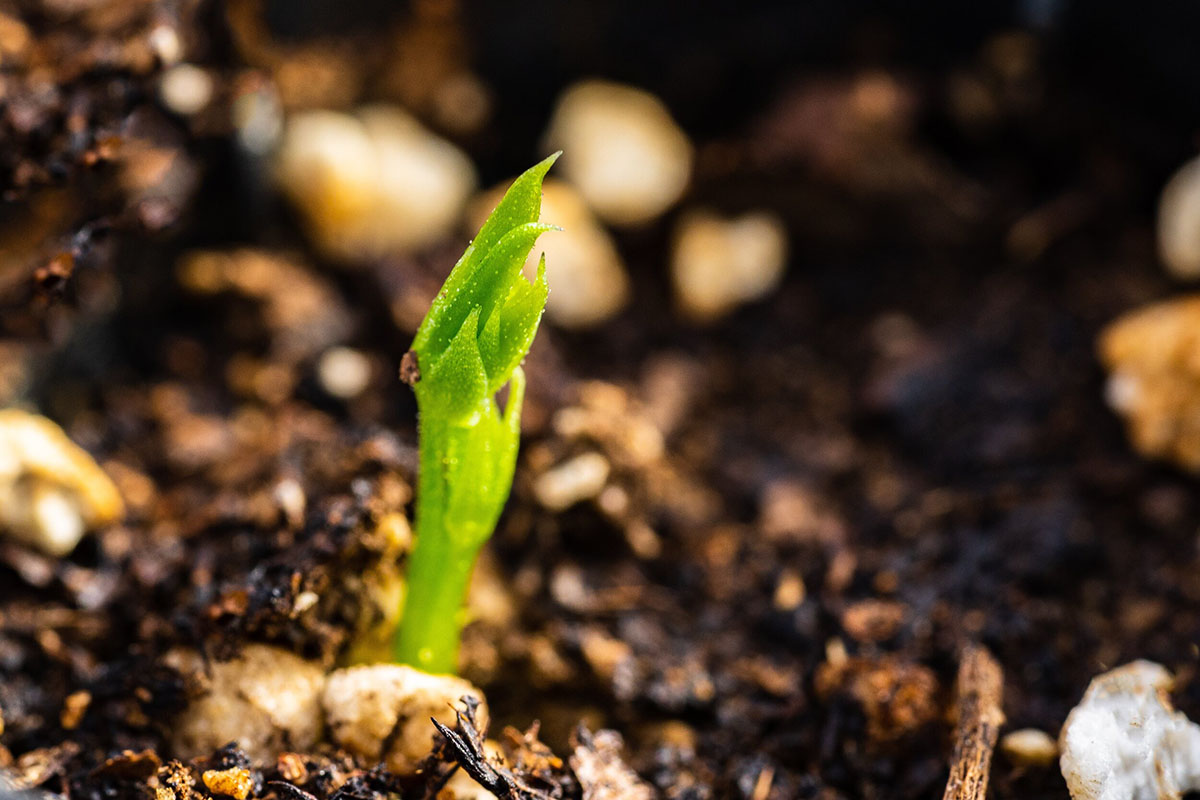
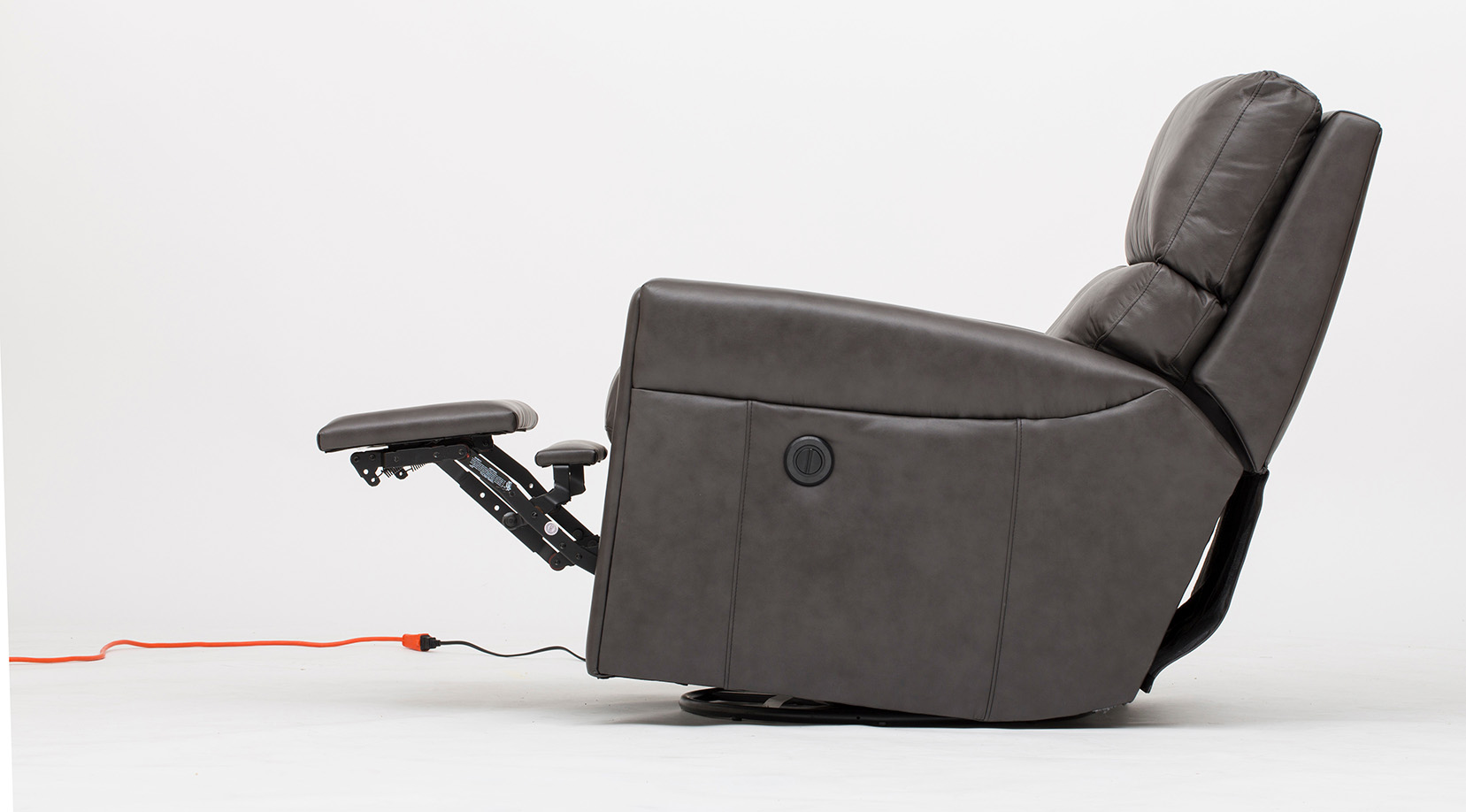
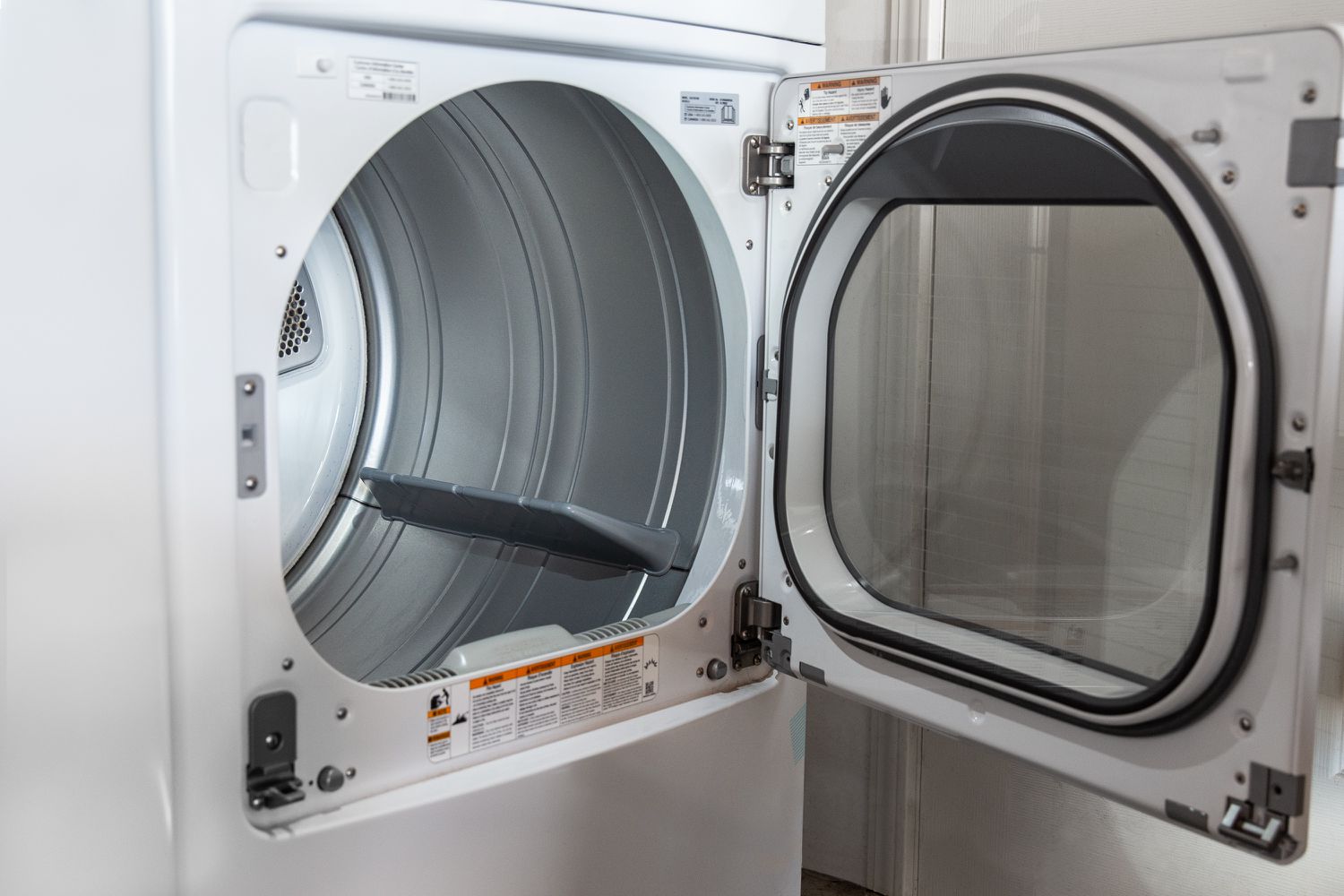

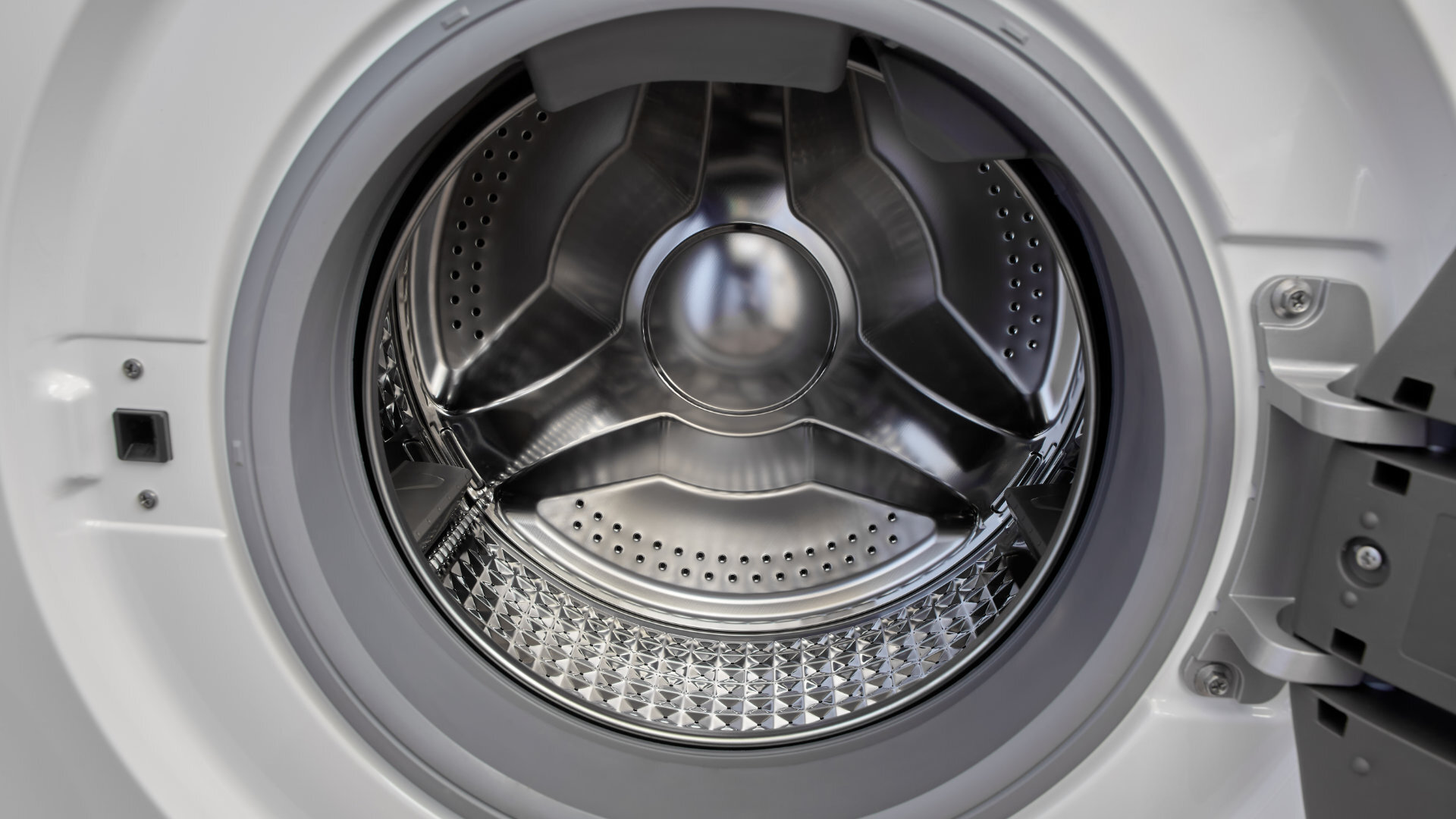
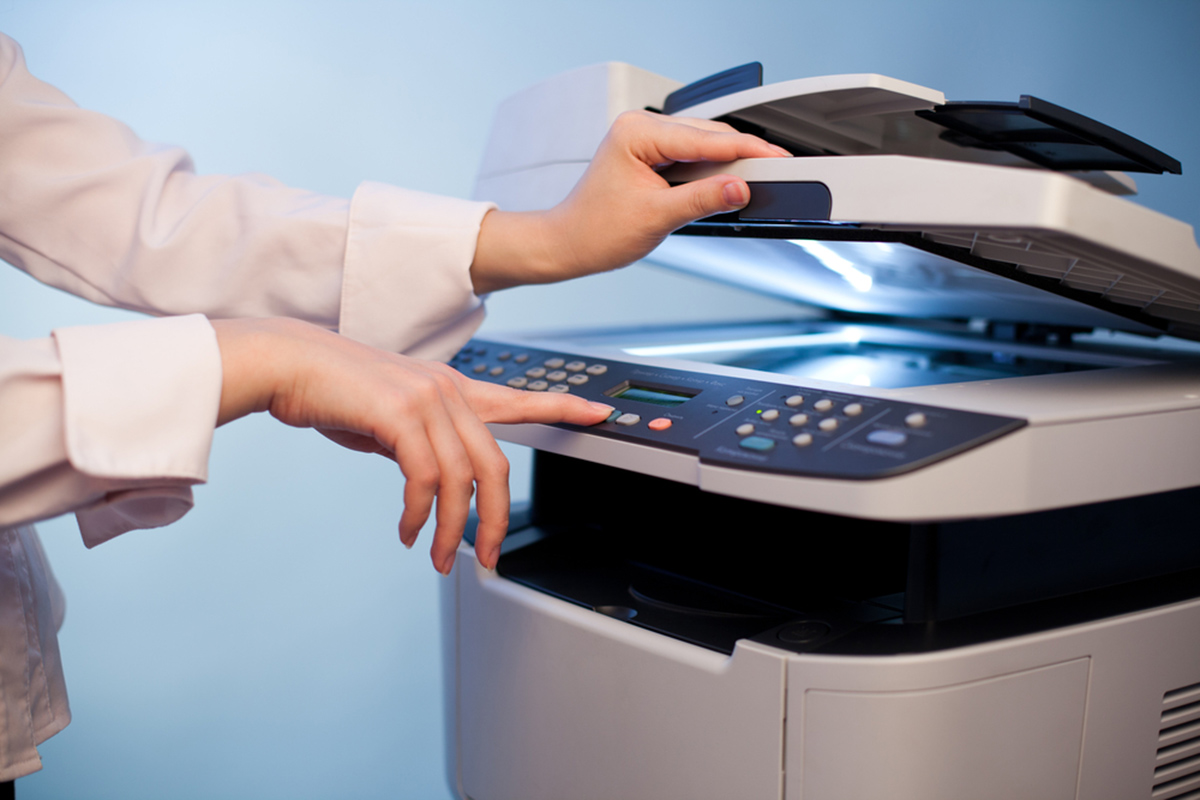
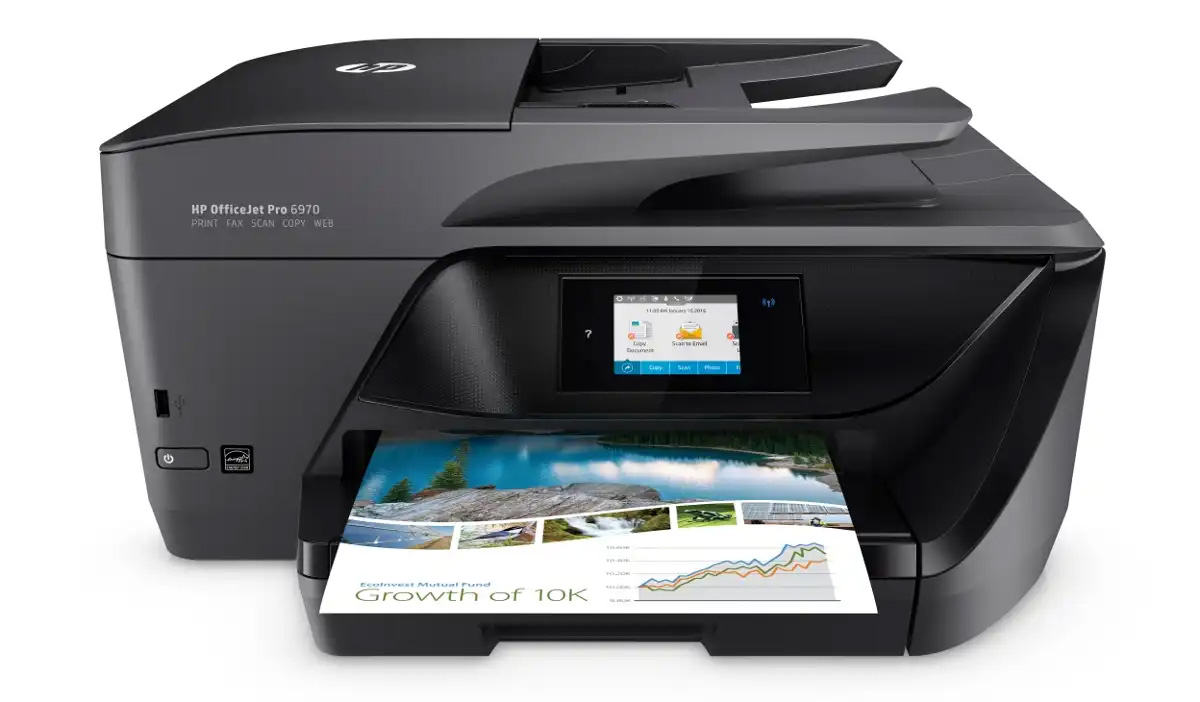
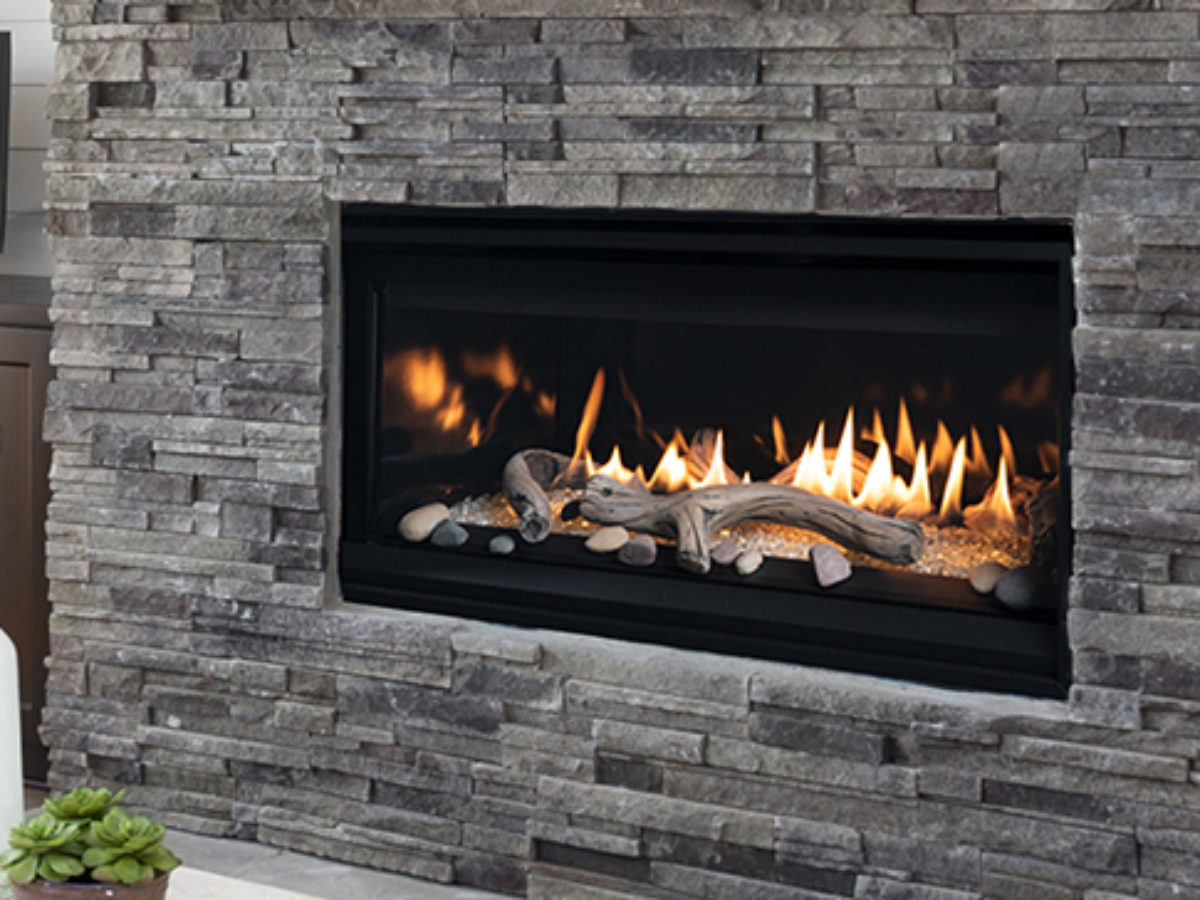

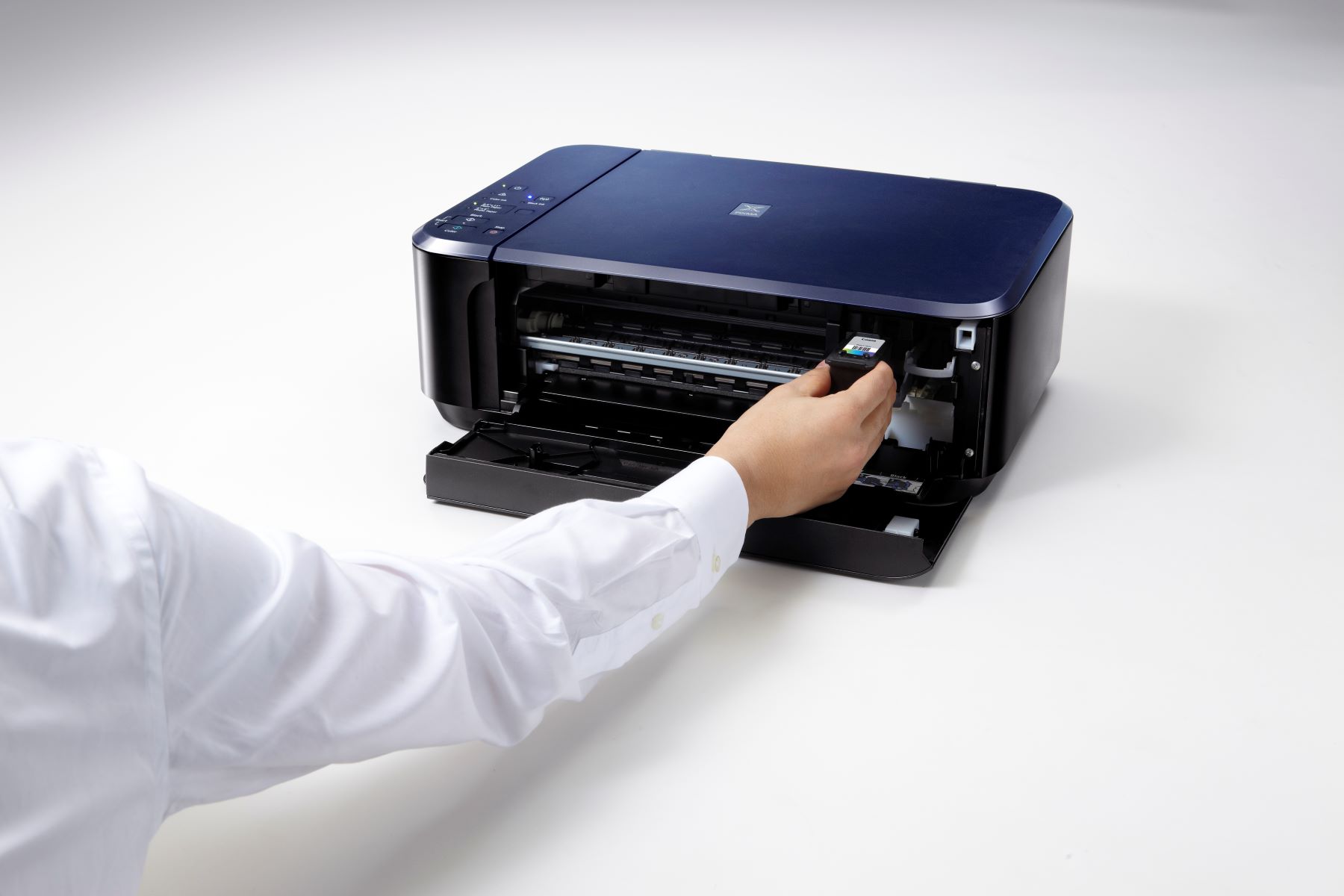
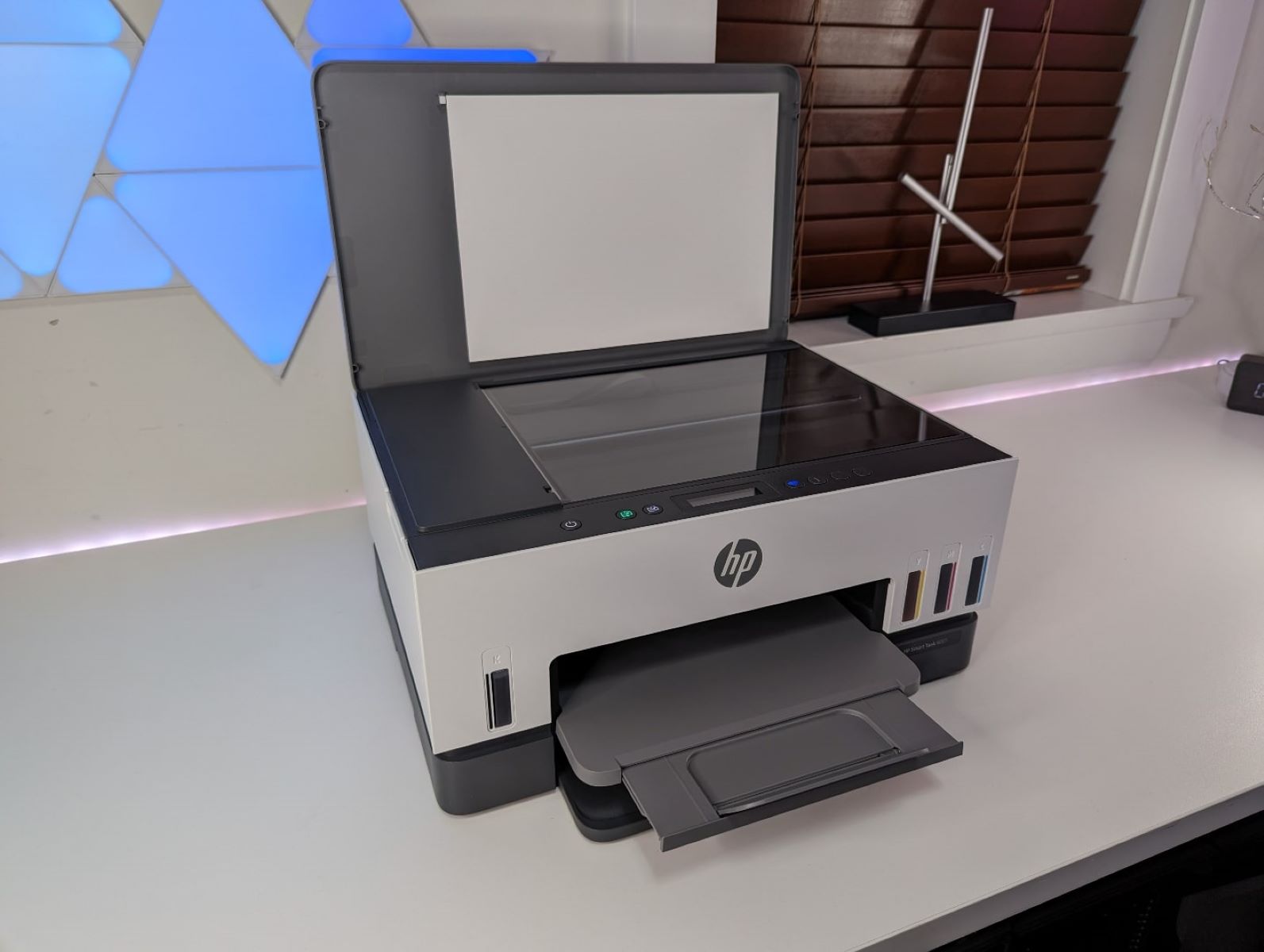

0 thoughts on “Why Won’t My Power Washer Start”